Seattle’s art deco Asian Art Museum gains a modern extension
LMN Architects brings the Seattle Asian Art Museum into the 21st century with a modern glass and sandstone extension that makes a surprisingly seamless addition to an iconic art deco institution at the heart of public culture in the Pacific North West region
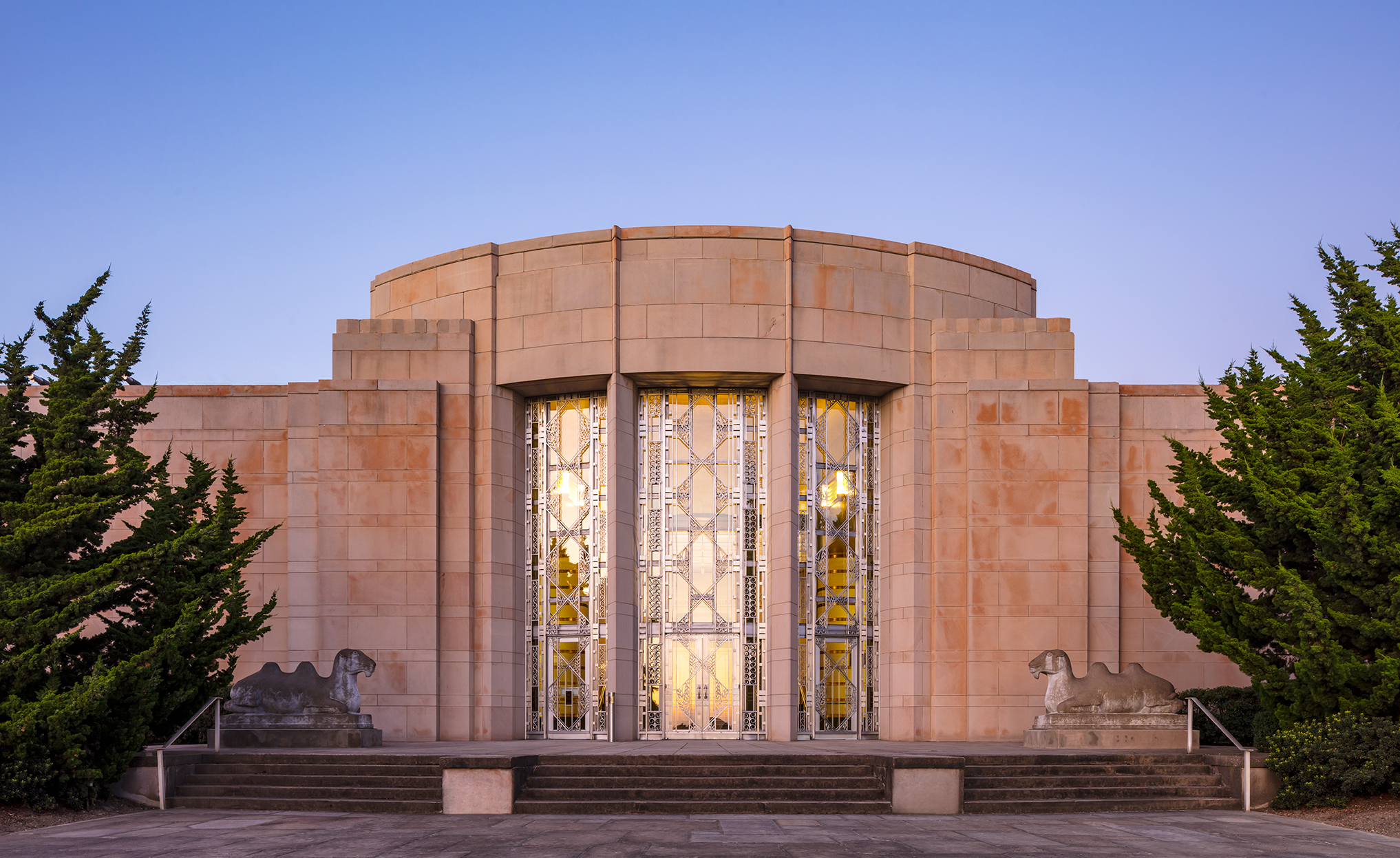
The 1930s art deco Seattle Asian Art Museum has gained an uplifting modern extension that reconnects the building to its surrounding park – and the museum’s 21st century future. Seattle-based LMN Architects is behind the transformation that seamlessly merges old with new.
Before thinking about the future, however, the first priority for LMN was the restoration of this iconic ‘local treasure’. Listed on the National Register of Historic Places, the museum was designed by Bebb and Gould in 1933 as the Seattle Art Museum (SAM). When SAM moved to a new Venturi, Scott Brown & Associates-designed building, the Asian Art Museum, dedicated to collections of Japanese, Chinese, Korean and South Asian art, split off and opened up at the original art deco digs in 1994.

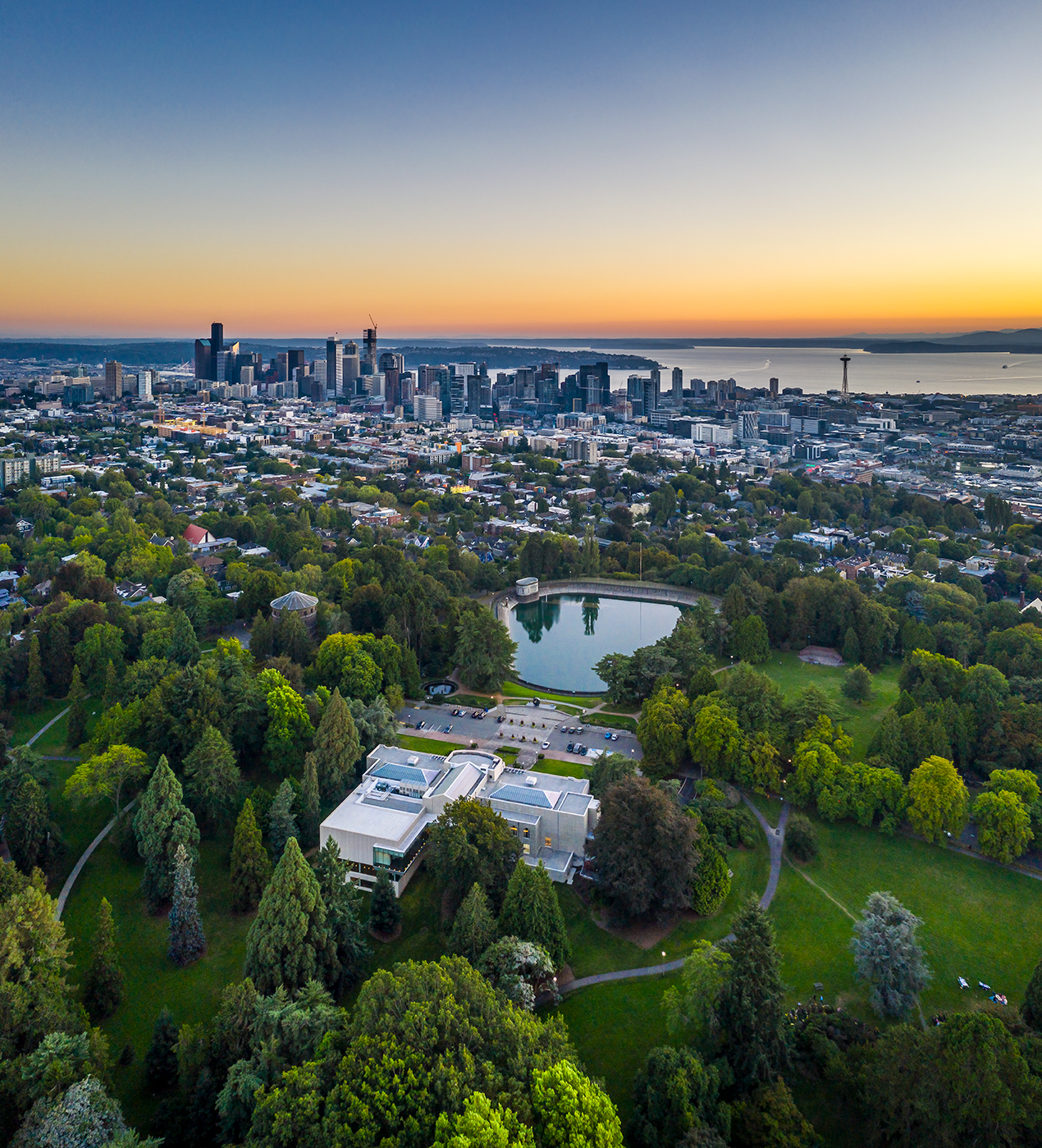
The addition of new functions to the museum – such as spaces for education and art conservation – was integral. The answer comes in the form of a minimal glass and sandstone extension, in which visitors will find added exhibition space, a conservation studio, auditorium and community education space.
While distinct in material and design, the modern extension also assimilates with the circulation of the original museum, and its location in the heart of Volunteer Park. A new lobby echoes the existing two art deco lobbies that draw visitors through from the front steps to the exhibitions. Materiality and texture of the interiors create a seamless flow.
The glazed exterior was a way to connect people in the park to the museum, allowing it to become more ‘open and expressive’. ‘Now, everyone in the park can get a sense of what is happening within and the contemporary addition creates new opportunities for serendipitous social interactions inside the museum,’ says LMN's design partner Wendy Pautz.

The expansion on the east side of the Asian Art Museum (north view).
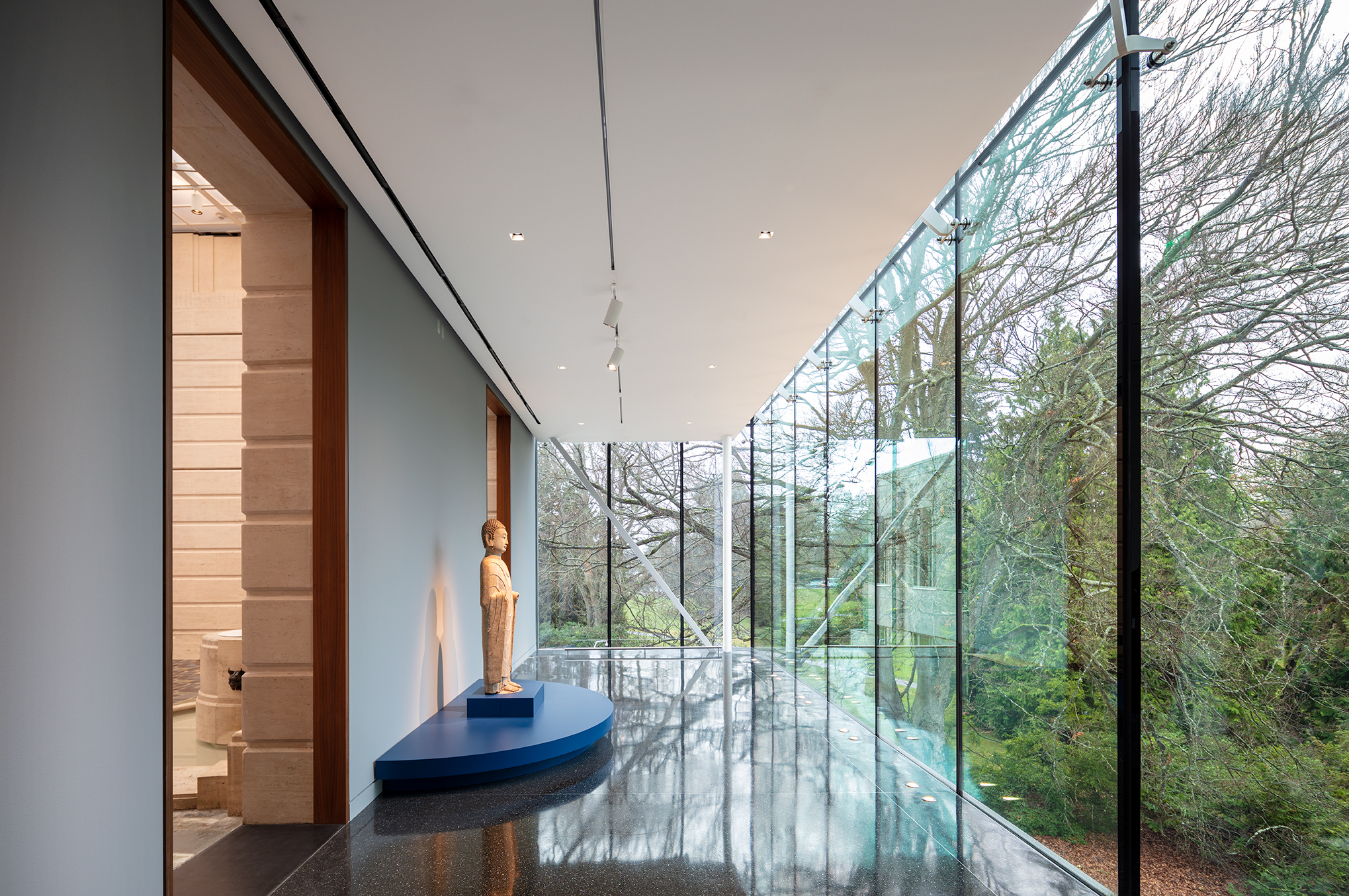
The new Park Lobby in the Asian Art Museum.
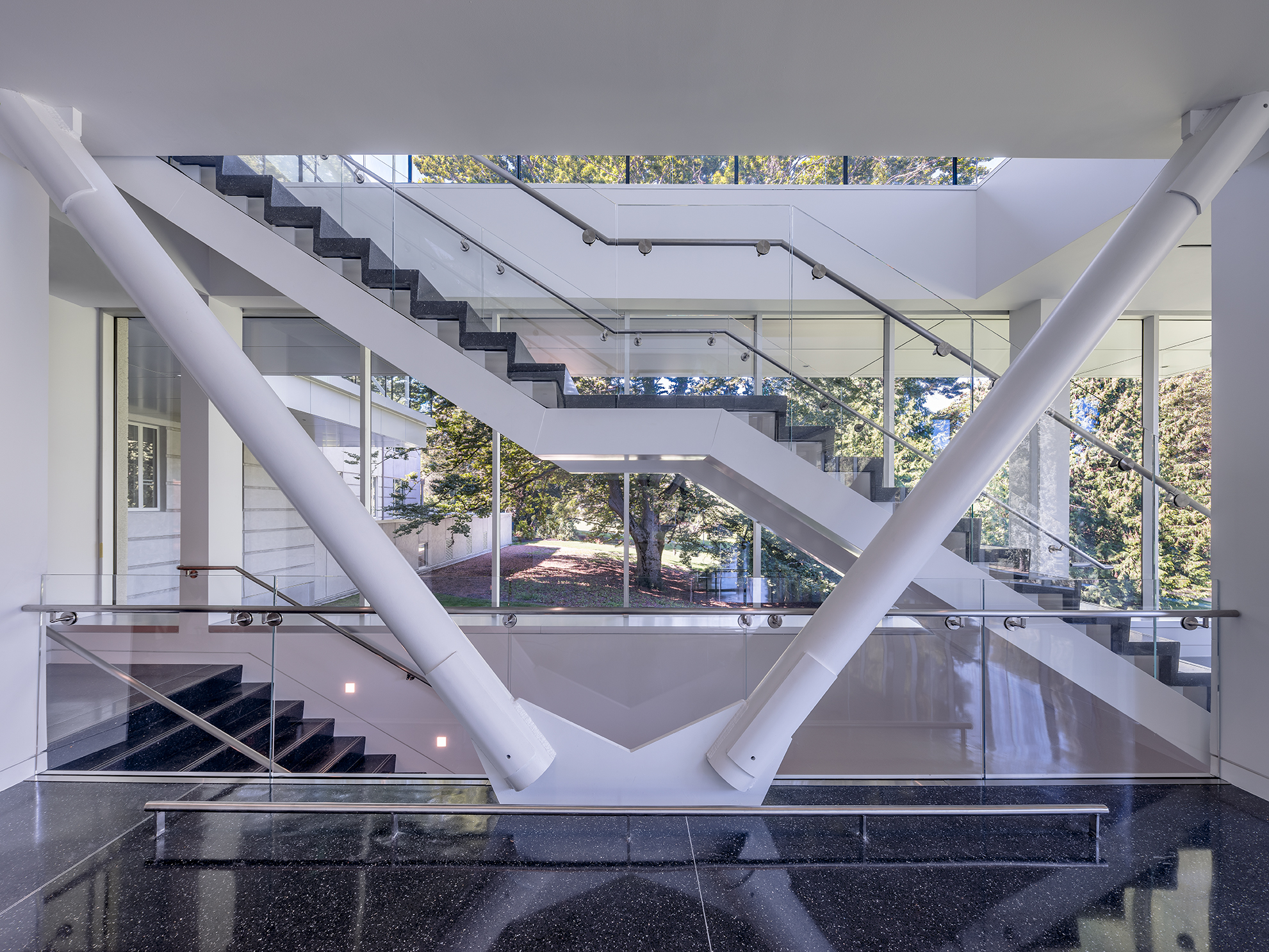
Interior view of the east side expansion of the Asian Art Museum
INFORMATION
ADDRESS
Seattle Asian Art Museum
1400 E. Prospect Street
Seattle
Washington 98112
US
Receive our daily digest of inspiration, escapism and design stories from around the world direct to your inbox.
Harriet Thorpe is a writer, journalist and editor covering architecture, design and culture, with particular interest in sustainability, 20th-century architecture and community. After studying History of Art at the School of Oriental and African Studies (SOAS) and Journalism at City University in London, she developed her interest in architecture working at Wallpaper* magazine and today contributes to Wallpaper*, The World of Interiors and Icon magazine, amongst other titles. She is author of The Sustainable City (2022, Hoxton Mini Press), a book about sustainable architecture in London, and the Modern Cambridge Map (2023, Blue Crow Media), a map of 20th-century architecture in Cambridge, the city where she grew up.
-
 A new venture led by will.i.am, Trinity is an electric, AI-powered ‘brain on wheels’
A new venture led by will.i.am, Trinity is an electric, AI-powered ‘brain on wheels’The tilting Trinity 3-wheeler EV has emerged from a partnership between Nvidia, West Coast Customs, inventor Dean Kamen and tech-enthused musician and cultural entrepreneur will.i.am
-
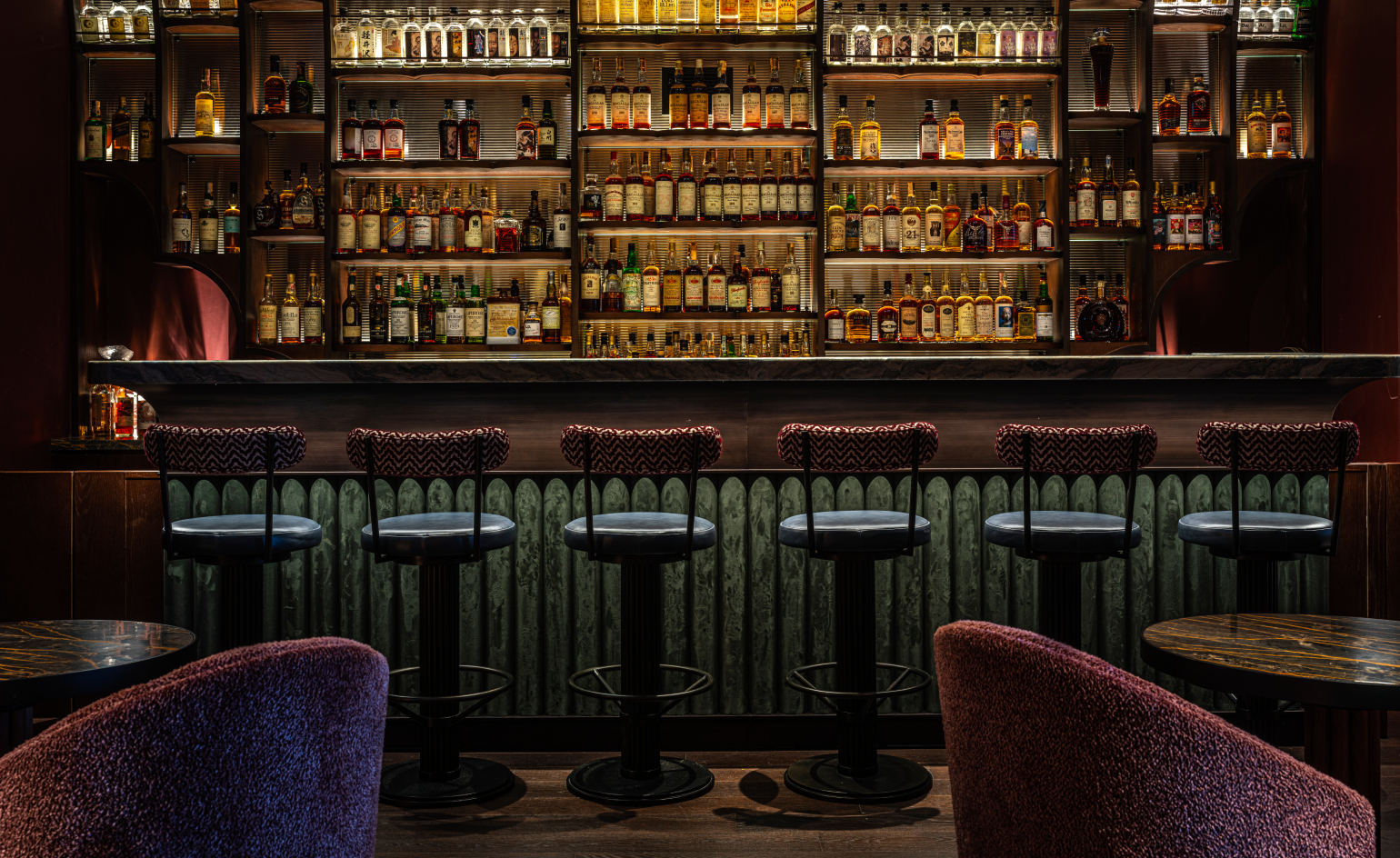 Wallpaper* Design Awards: Club Bâtard wins Best Social Hub 2026
Wallpaper* Design Awards: Club Bâtard wins Best Social Hub 2026Club Bâtard brings together an exclusive mix of fine dining and drinking across three floors of Hong Kong’s historic Pedder building
-
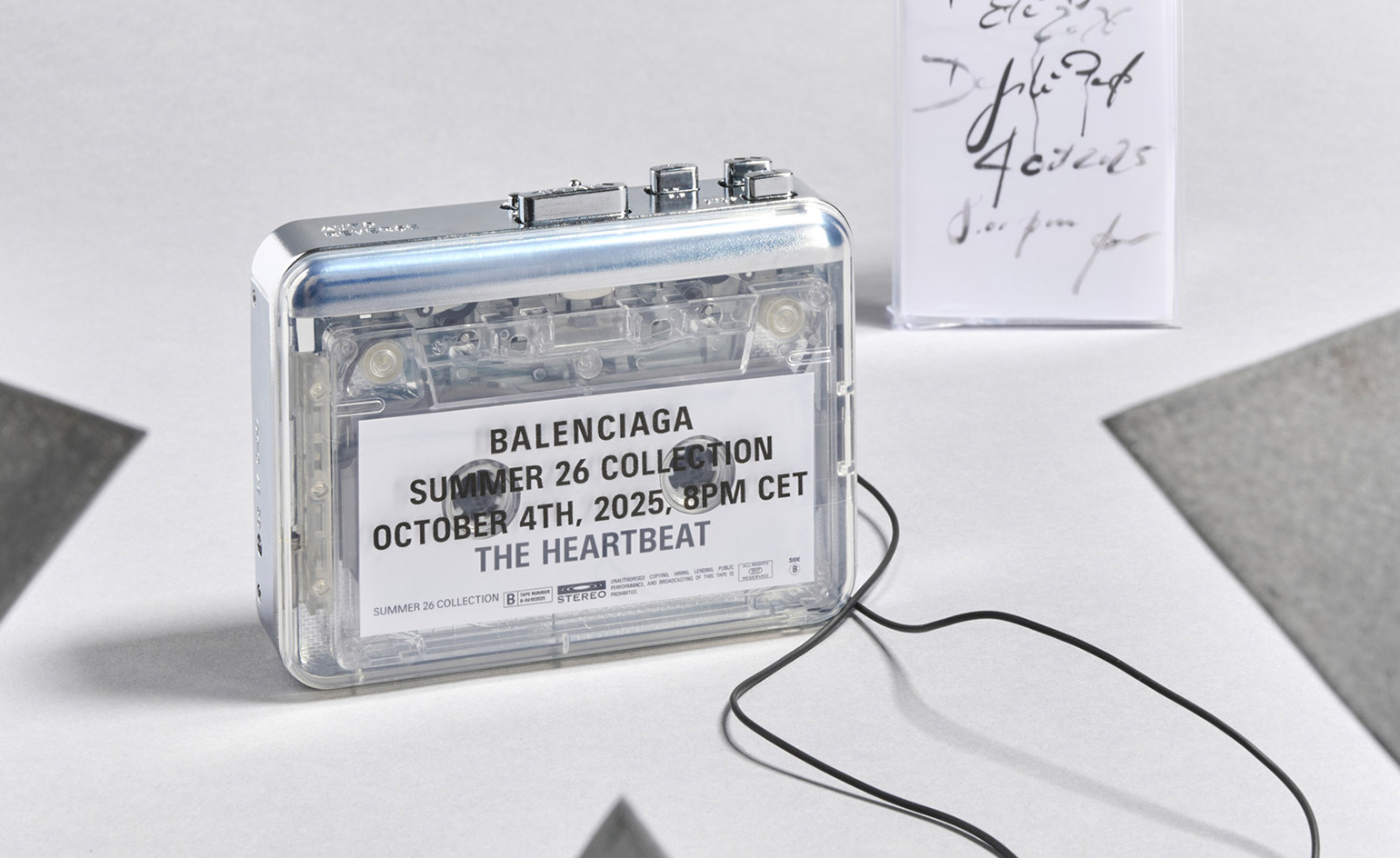 Wallpaper* Design Awards: this Balenciaga cassette player set our pulses racing
Wallpaper* Design Awards: this Balenciaga cassette player set our pulses racingThe invitation for Pierpaolo Piccioli’s debut runway show as creative director of Balenciaga was a cassette player that played a recording of a beating heart. It was our favourite invite of the year
-
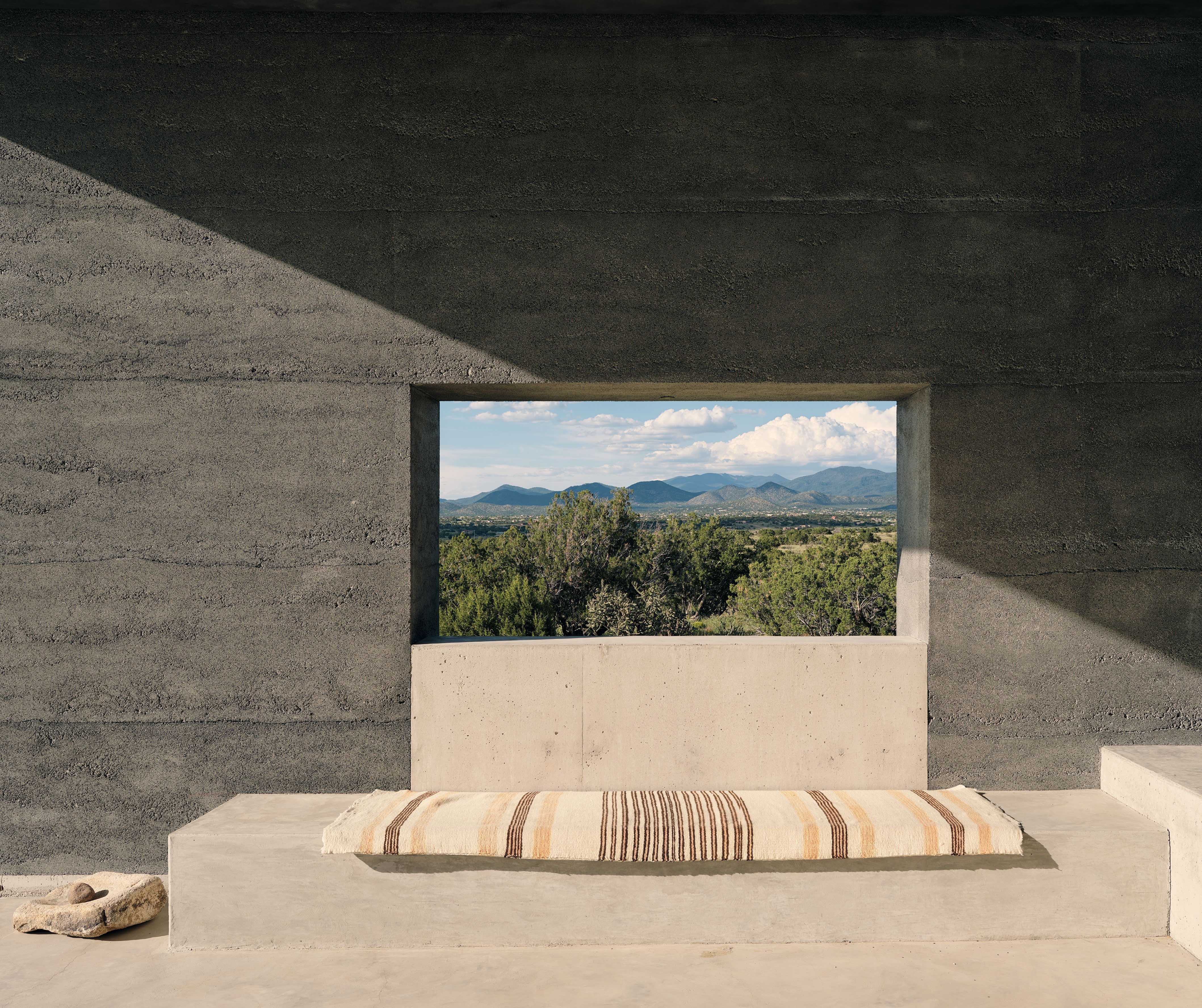 Wallpaper* Best Use of Material 2026: a New Mexico home that makes use of the region's volcanic soil
Wallpaper* Best Use of Material 2026: a New Mexico home that makes use of the region's volcanic soilNew Mexico house Sombra de Santa Fe, designed by Dust Architects, intrigues with dark, geometric volumes making use of the region's volcanic soil – winning it a spot in our trio of Best Use of Material winners at the Wallpaper* Design Awards 2026
-
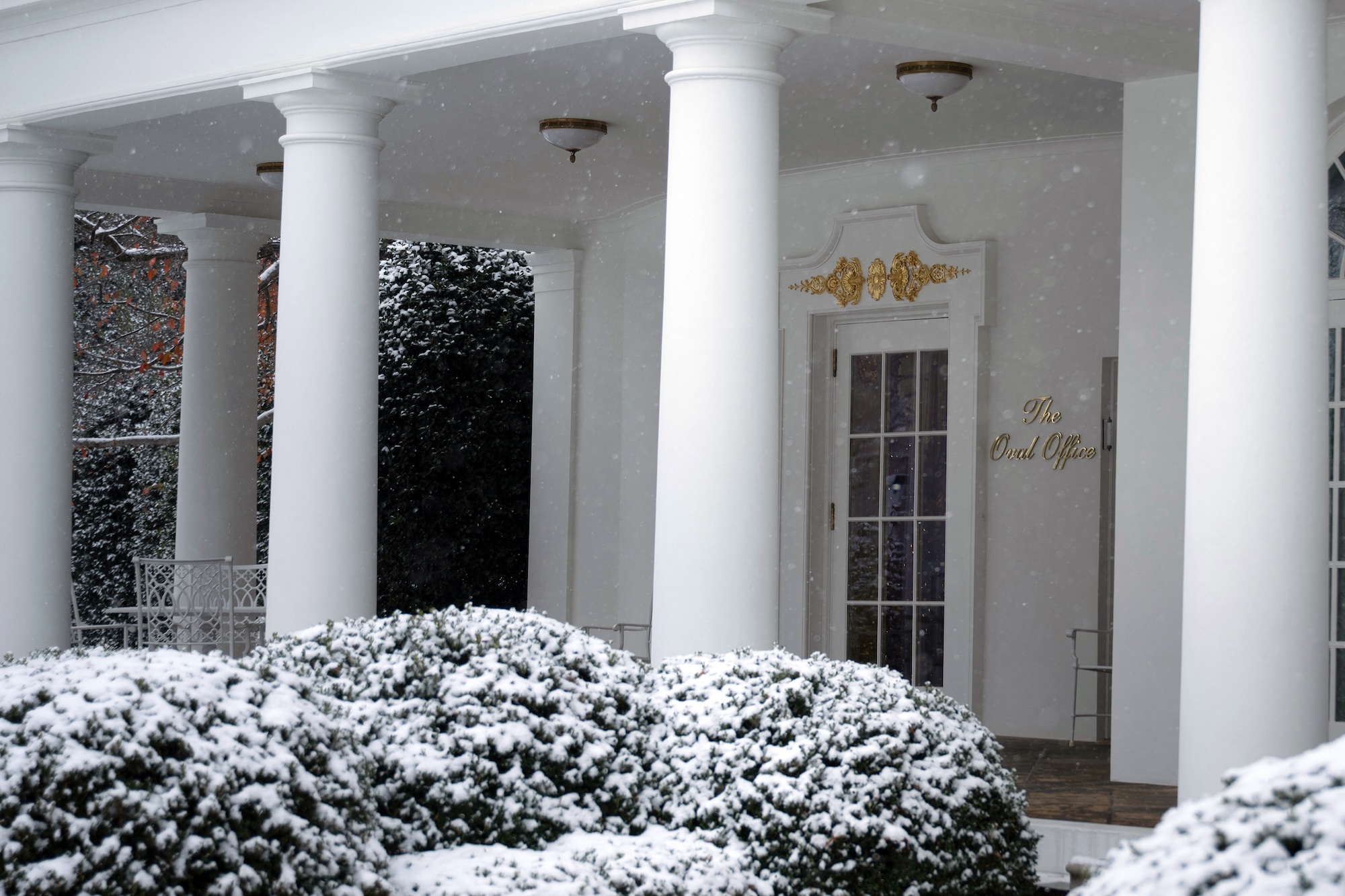 More changes are coming to the White House
More changes are coming to the White HouseFollowing the demolition of the East Wing and plans for a massive new ballroom, President Trump wants to create an ‘Upper West Wing’
-
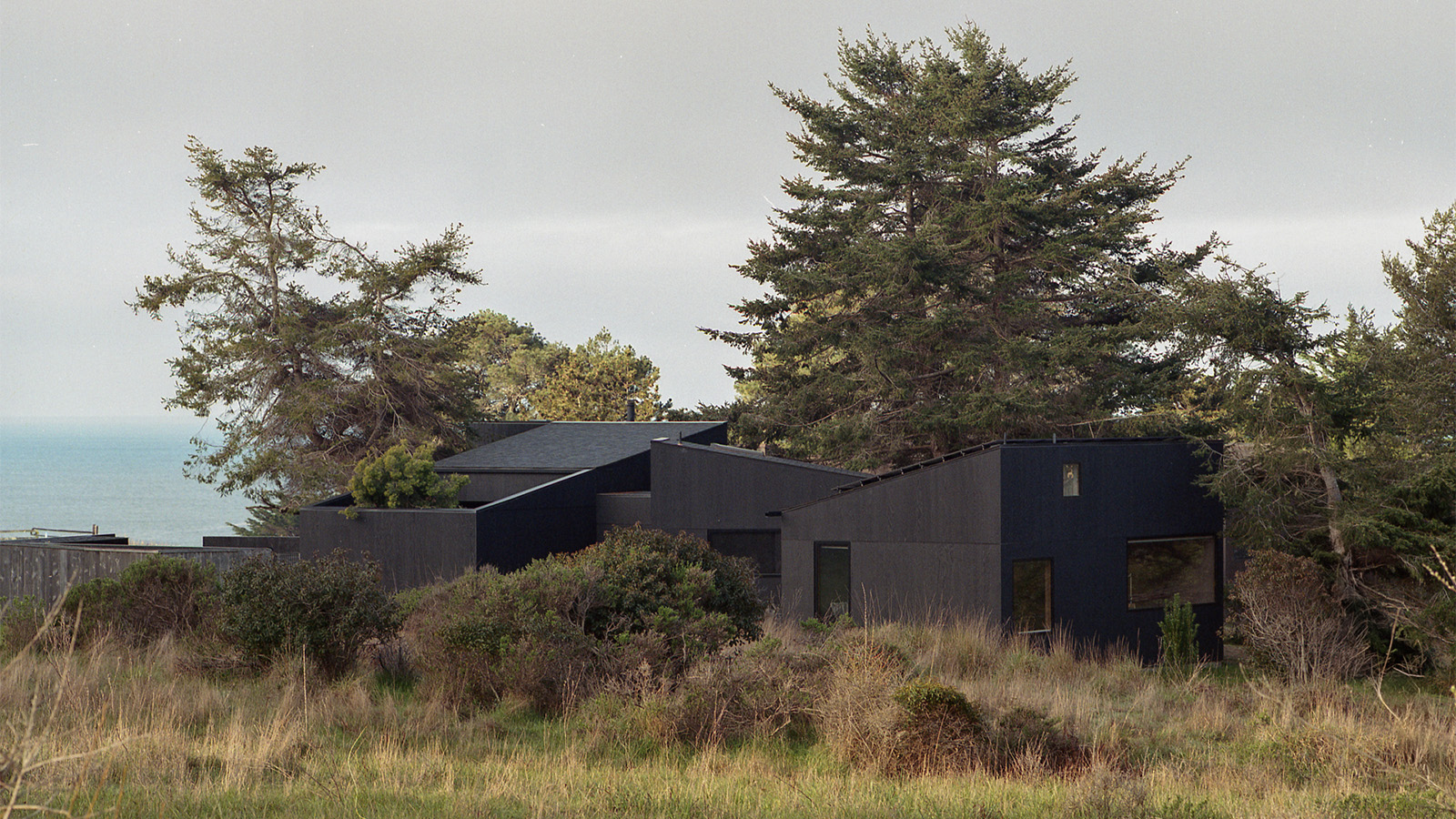 A group of friends built this California coastal home, rooted in nature and modern design
A group of friends built this California coastal home, rooted in nature and modern designNestled in the Sea Ranch community, a new coastal home, The House of Four Ecologies, is designed to be shared between friends, with each room offering expansive, intricate vistas
-
 Step inside this resilient, river-facing cabin for a life with ‘less stuff’
Step inside this resilient, river-facing cabin for a life with ‘less stuff’A tough little cabin designed by architects Wittman Estes, with a big view of the Pacific Northwest's Wenatchee River, is the perfect cosy retreat
-
 Remembering Robert A.M. Stern, an architect who discovered possibility in the past
Remembering Robert A.M. Stern, an architect who discovered possibility in the pastIt's easy to dismiss the late architect as a traditionalist. But Stern was, in fact, a design rebel whose buildings were as distinctly grand and buttoned-up as his chalk-striped suits
-
 Own an early John Lautner, perched in LA’s Echo Park hills
Own an early John Lautner, perched in LA’s Echo Park hillsThe restored and updated Jules Salkin Residence by John Lautner is a unique piece of Californian design heritage, an early private house by the Frank Lloyd Wright acolyte that points to his future iconic status
-
 The Architecture Edit: Wallpaper’s houses of the month
The Architecture Edit: Wallpaper’s houses of the monthFrom wineries-turned-music studios to fire-resistant holiday homes, these are the properties that have most impressed the Wallpaper* editors this month
-
 The Stahl House – an icon of mid-century modernism – is for sale in Los Angeles
The Stahl House – an icon of mid-century modernism – is for sale in Los AngelesAfter 65 years in the hands of the same family, the home, also known as Case Study House #22, has been listed for $25 million